Cajun vs. Creole: A Spicy Comparison That Will Make Your Palate Dance
Table of Contents
- Introduction to Cajun and Creole
- Historical Background of Cajun and Creole
- Spice Profiles: What Sets Them Apart?
- Cooking Techniques: How They’re Prepared Differently
- Popular Dishes You Should Know
- Buying Guide: Where to Find the Best Cajun and Creole Ingredients
- Conclusion: Embrace the Flavor Difference
Introduction to Cajun and Creole
If you've ever walked into a New Orleans restaurant or watched a cooking show about Southern cuisine, you’ve likely heard the terms 'Cajun' and 'Creole.' While they might sound similar, they're actually distinct in their origins, flavors, and culinary traditions. The question of what is the difference between cajun and creole often comes up among spice enthusiasts and home cooks alike. In this article, we'll dive into the world of these two iconic spice-driven cuisines and help you understand how they differ.
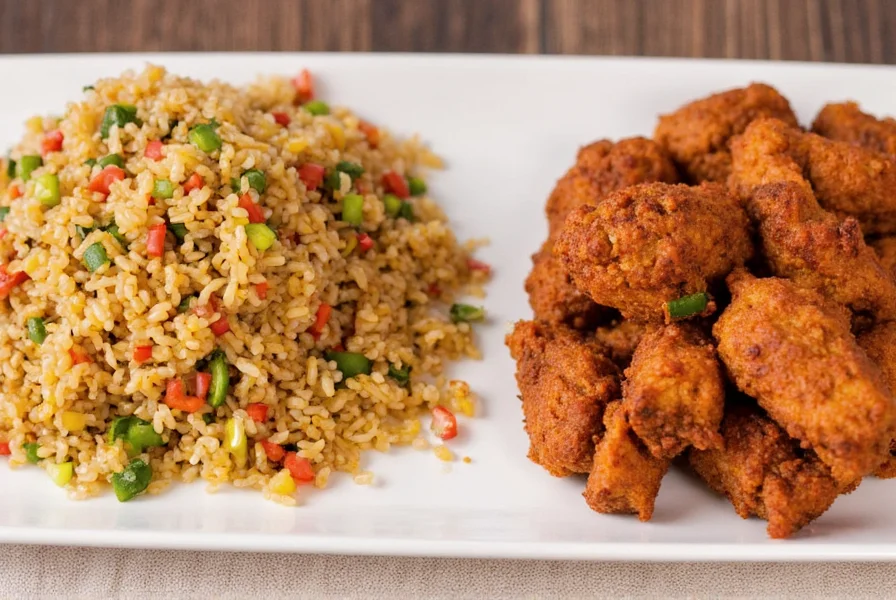
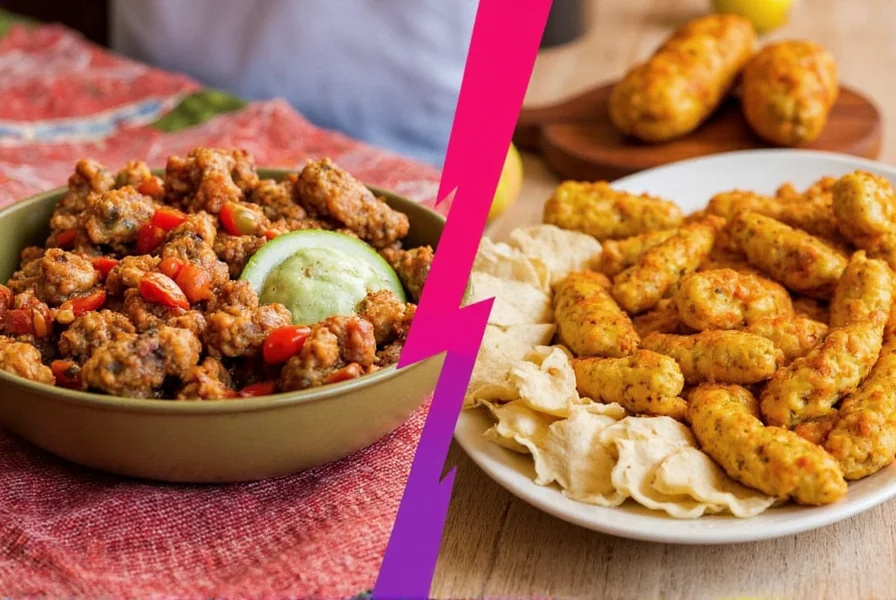
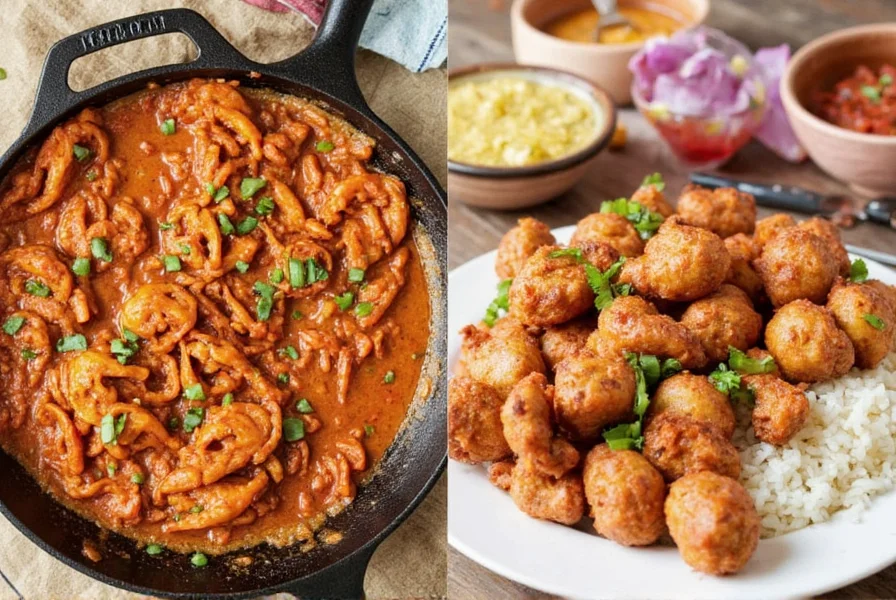
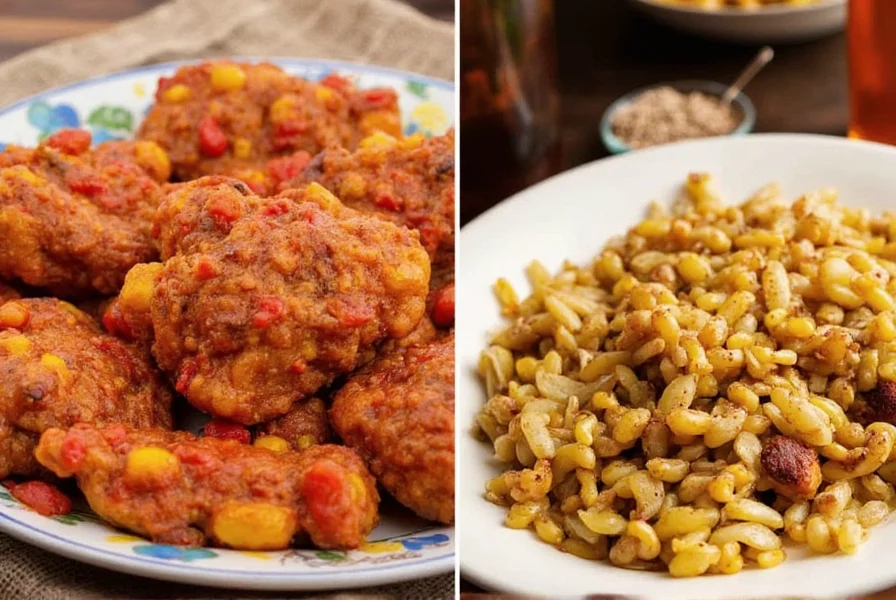
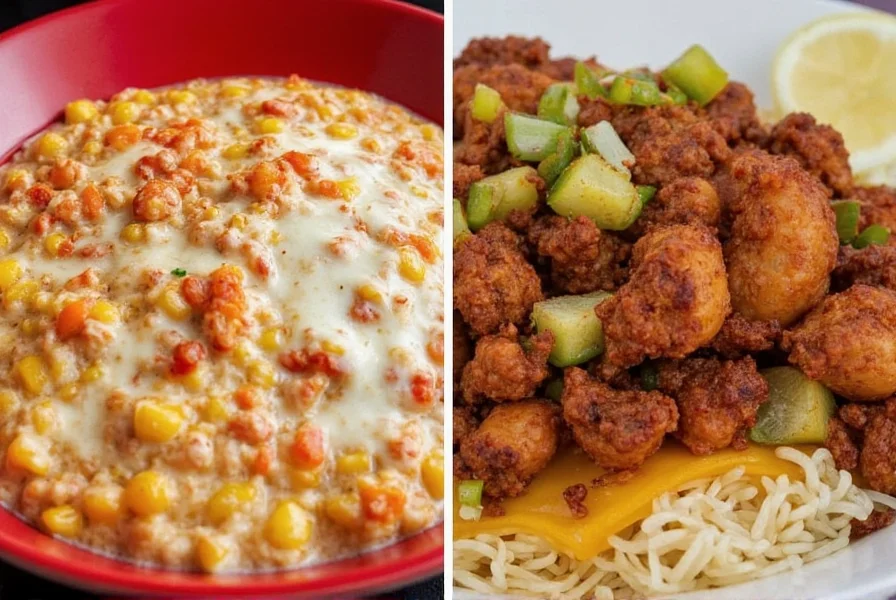
Historical Background of Cajun and Creole
To understand the difference between cajun and creole, it's important to look at their roots. Cajun cuisine traces its origins to the Acadian people, who were French-speaking settlers from Canada. After being displaced by the British in the 18th century, many of them moved to Louisiana, where they developed a unique culinary style based on local ingredients and traditional cooking methods.
On the other hand, Creole cuisine has its roots in the multicultural melting pot of New Orleans. It blends French, Spanish, African, and Native American influences, creating a more refined and diverse flavor profile. While both cuisines are deeply rooted in the South, their histories shape the way they are prepared and enjoyed today.
Spice Profiles: What Sets Them Apart?
When it comes to the spice profiles of Cajun and Creole, there are clear distinctions that make each unique. Let’s break down the key differences:
- Cajun Spices: Cajun seasoning is typically bold and spicy, featuring a mix of paprika, garlic powder, onion powder, cayenne pepper, and black pepper. It’s often used in dishes like jambalaya, gumbo, and crawfish boils.
- Creole Spices: Creole seasoning tends to be more balanced, with a wider range of herbs and spices. Common ingredients include thyme, oregano, basil, and sometimes even cumin or turmeric. It’s frequently used in dishes like étouffée and red beans and rice.
The contrast in spice usage reflects the broader culinary philosophies behind each cuisine. Cajun food is often more rustic and hearty, while Creole food leans toward a more sophisticated, layered approach.
| Spice | Cajun | Creole |
|---|---|---|
| Paprika | High | Moderate |
| Cayenne Pepper | High | Low |
| Thyme | Low | High |
| Oregano | Low | High |
| Garlic Powder | High | High |
Cooking Techniques: How They’re Prepared Differently
Beyond the spices, the way Cajun and Creole dishes are cooked also plays a big role in their distinct flavors. Here’s a quick comparison of some common techniques:
- Cajun Cooking: Often uses high heat and slow simmering. Dishes like gumbo and jambalaya are cooked over low flames for hours to develop deep flavors. Grilling and frying are also common, especially for seafood and meats.
- Creole Cooking: Tends to use more delicate cooking methods such as sautéing, stewing, and braising. Creole dishes often feature a variety of vegetables and proteins, all layered together to create complex taste experiences.
These differences in technique further highlight the unique character of each cuisine. If you're looking for something hearty and smoky, Cajun might be your go-to. For something more refined and well-balanced, Creole could be the right choice.
Popular Dishes You Should Know
Now that you know the basics, let’s take a look at some of the most popular dishes associated with each cuisine:
Cajun Dishes
- Jambalaya: A one-pot dish made with rice, meat (like chicken or sausage), and a mix of vegetables and spices. It’s a staple of Cajun cooking.
- Gumbo: A thick stew made with a rich broth, roux, and a variety of ingredients like shrimp, chicken, or andouille sausage.
- Crawfish Boil: A festive meal featuring crawfish, potatoes, corn, and a spicy blend of seasonings.
Creole Dishes
- Etouffee: A thick, creamy sauce made with shellfish, onions, and a mix of spices, usually served over rice.
- Red Beans and Rice: A classic Creole dish made with red beans, sausage, and a blend of herbs and spices.
- Shrimp and Grits: A Southern favorite that combines creamy grits with sautéed shrimp and a rich, flavorful sauce.
While some dishes overlap, the way they’re seasoned and prepared can vary significantly between the two styles.
Buying Guide: Where to Find the Best Cajun and Creole Ingredients
If you're eager to try these delicious cuisines at home, here's a helpful guide to finding the best ingredients:
Where to Buy Cajun and Creole Seasonings
- Local Grocery Stores: Many supermarkets carry pre-made Cajun and Creole seasoning blends. Look for brands like Tony Chachere’s or Zatarain’s for authentic flavors.
- Specialty Spice Shops: These stores offer a wide selection of individual spices, making it easier to customize your own blends.
- Online Retailers: Websites like Amazon and specialty spice shops provide a vast array of options, including organic and international varieties.
Recommended Products
- Cajun Seasoning Mix - Tony Chachere’s: A fan-favorite blend known for its bold, smoky flavor. Ideal for grilling, roasting, or adding depth to soups and stews.
- Creole Seasoning Mix - Zatarain’s: A versatile blend that includes thyme, oregano, and paprika. Perfect for seasoning meats, vegetables, or even popcorn.
- Individual Spices: Consider purchasing paprika, garlic powder, onion powder, cayenne pepper, and thyme separately to create your own custom mix.
Whether you're a seasoned chef or a home cook, having the right ingredients can make all the difference in bringing the flavors of Cajun and Creole to your kitchen.
Conclusion: Embrace the Flavor Difference
So, what is the difference between cajun and creole? In short, it's the blend of history, culture, and flavor that makes each cuisine unique. While both share a love for bold spices and hearty meals, they each have their own story to tell through the food they prepare.
Next time you're shopping for spices or planning a meal, consider the origins of the dishes you're making. Whether you're going for the smoky intensity of Cajun or the balanced sophistication of Creole, there's a world of flavor waiting to be explored.
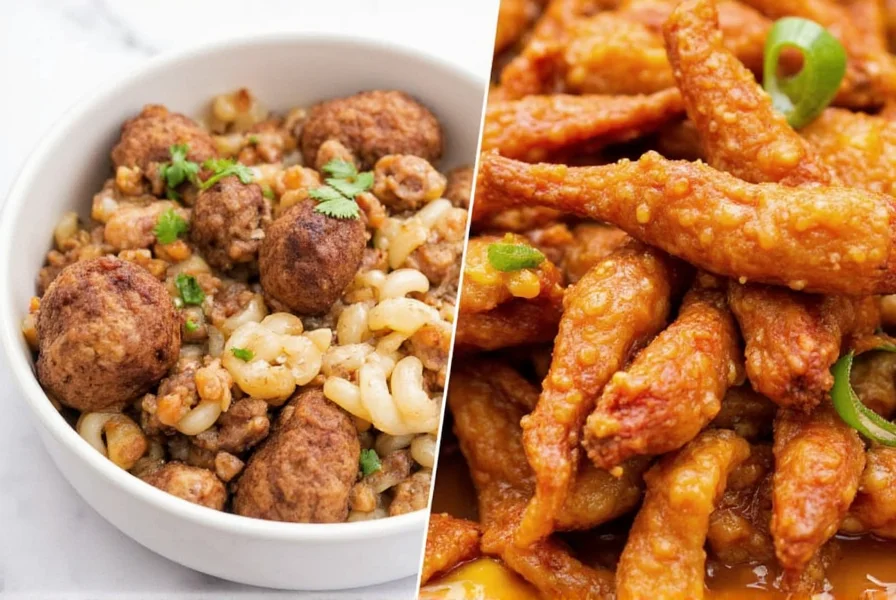
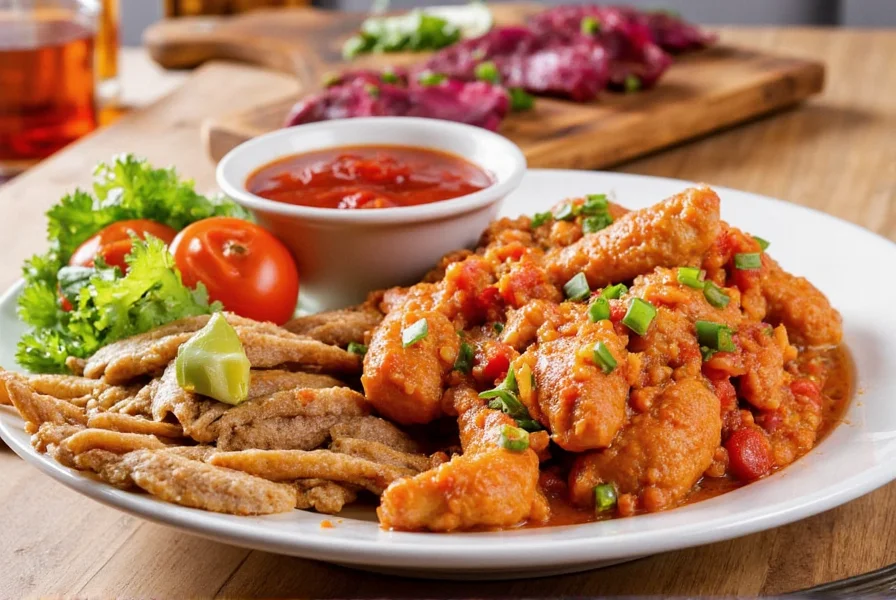
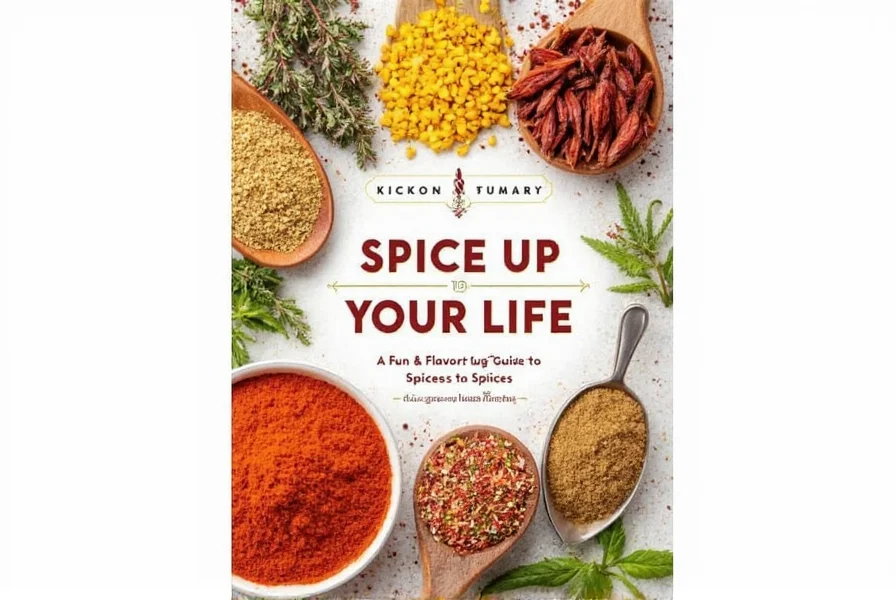

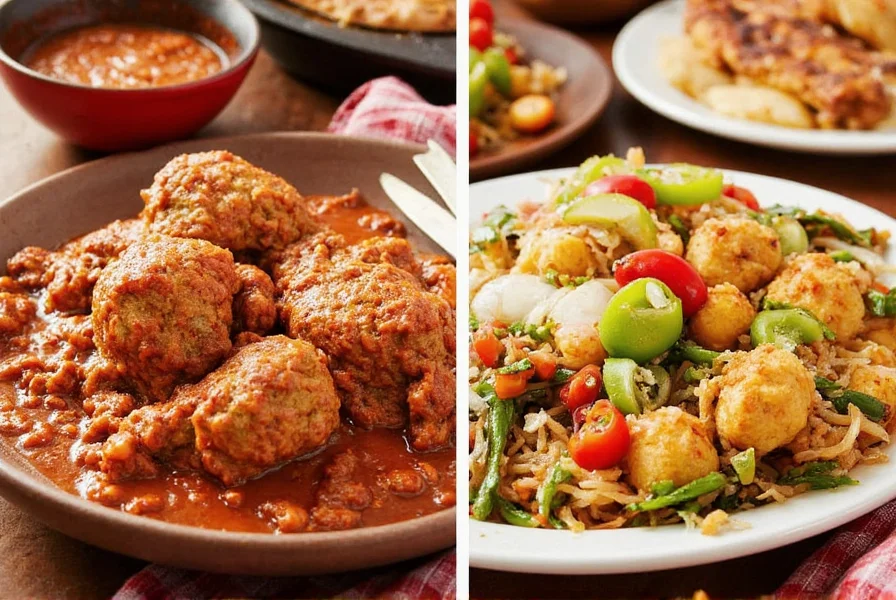









 浙公网安备
33010002000092号
浙公网安备
33010002000092号 浙B2-20120091-4
浙B2-20120091-4